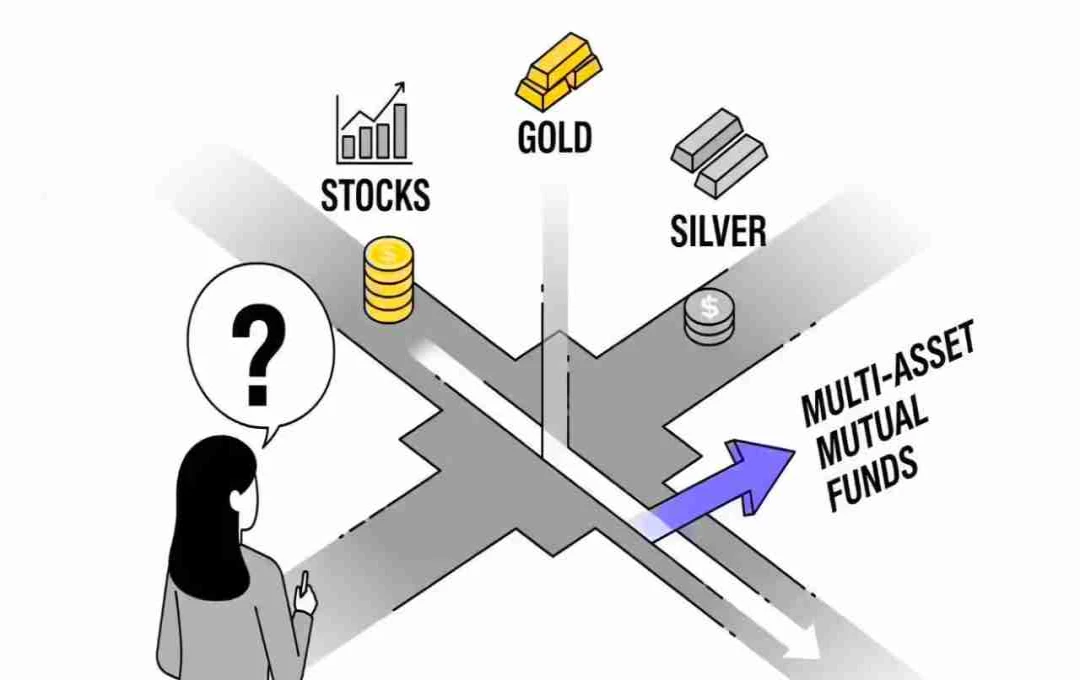The Income Tax Department has released the Cost Inflation Index (CII) for the financial year 2025-26 (Assessment Year 2026-27). This index helps in adjusting the purchase price of an asset based on inflation, thereby reducing the amount of taxable capital gains.
If you have recently sold a house or are planning to sell one, this news is important for you. The Income Tax Department has released the new figure for the Cost Inflation Index (CII) for the financial year 2025-26. This figure is like a formula that determines how much tax you have to pay when selling a property.
CII Determines Tax Calculation

The Cost Inflation Index is used to adjust the purchase cost of a property according to inflation. When a person sells their property, such as a plot, house, or flat, and makes a profit from it, capital gains tax is levied on that profit. However, the government has provided a facility that if you have held that property for more than three years, you can adjust the cost according to inflation at that time. This process is called indexation.
New Index Number Set at 363
The Income Tax Department, through a notification issued on July 1, 2025, stated that the CII for the financial year 2025-26 (Assessment Year 2026-27) has been set at 363. This figure was 348 for the previous financial year 2024-25. This means that this time, the cost of the purchased property will be considered slightly higher for tax calculations, which will reduce the capital gain slightly and ease the tax burden.
How Capital Gains are Calculated
When you sell a house or flat, the amount received from the sale is reduced by the cost of purchasing the property and expenses incurred during the sale, such as broker's fees, stamp duty, registration charges, etc. But if the property is more than three years old, its purchase cost is updated through indexation.
With the help of indexation, it is assumed that the cost of the property has increased over time, and the profit, i.e., the taxable amount, decreases accordingly.
What is the Formula?
If you had purchased a house for ₹20 lakh in 2010 and sold it for ₹80 lakh in 2025, it would seem like a profit of ₹60 lakh directly. But with the help of indexation, the cost of ₹20 lakh will be shown to be higher.
Suppose the CII for 2010-11 was 167 and now it is 363, then the indexed cost would be:
Indexed Cost = (363 ÷ 167) × 20,00,000 = approximately ₹43,47,904
Now the Tax Calculation Will Be

Capital Gain = ₹80,00,000 – ₹43,47,904 = ₹36,52,096
That is, now tax will have to be paid on only about ₹36.5 lakh instead of ₹60 lakh.
On Which Properties Does CII Apply?
CII is used for those properties that fall under the category of long-term capital assets. That is, those properties that you have held for at least 36 months (three years). This includes houses, flats, land, shops, etc.
If you sell a property before three years, it will come under short-term capital gains, and you will not get the benefit of indexation. In such a situation, the profit will be added to your other income and come under the tax bracket.
New Things Related to Changes
Recently, the government has implemented a new tax regime in which some deductions have been removed. But under the old tax system, the use of CII continues. If you adopt the old tax system, you can take advantage of indexation.
Apart from this, the benefit of indexation is no longer being given in some mutual funds. But it is still valid in real estate and some other physical assets.
What are the Benefits of CII?
CII is not only useful for properties like houses, but it is also applicable to jewelry, land, and other capital assets. Its biggest advantage is that your actual cost can be understood according to inflation, and tax calculations become more transparent.
Through this, the Income Tax Department believes that the value of the property you bought has increased compared to the time it was purchased, and profit is calculated on that basis.














